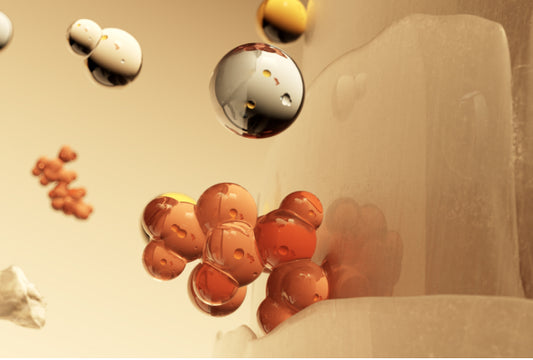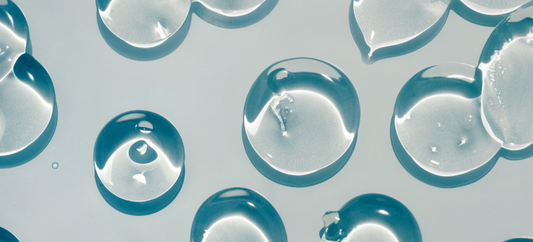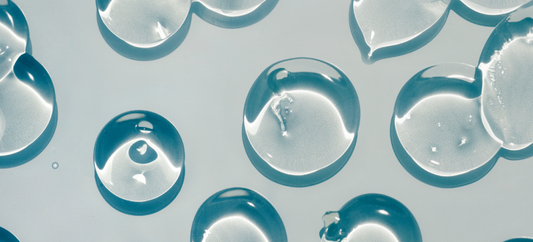-

-

all Occlusives
If you sometimes find yourself overwhelmed by skincare overload, you’re not alone. It feels like every day, there’s a new...
-

skincare regimen—particularly
If you sometimes find yourself overwhelmed by skincare overload, you’re not alone. It feels like every day, there’s a new...
-

A well-formulated Hand Cream
If you sometimes find yourself overwhelmed by skincare overload, you’re not alone. It feels like every day, there’s a new...
-

Hyualuronic acid (HA) is a natural humectant
If you sometimes find yourself overwhelmed by skincare overload, you’re not alone. It feels like every day, there’s a new...
-

How do you use hyaluronic acid?
If you sometimes find yourself overwhelmed by skincare overload, you’re not alone. It feels like every day, there’s a new...
Viewing 6 of 17






